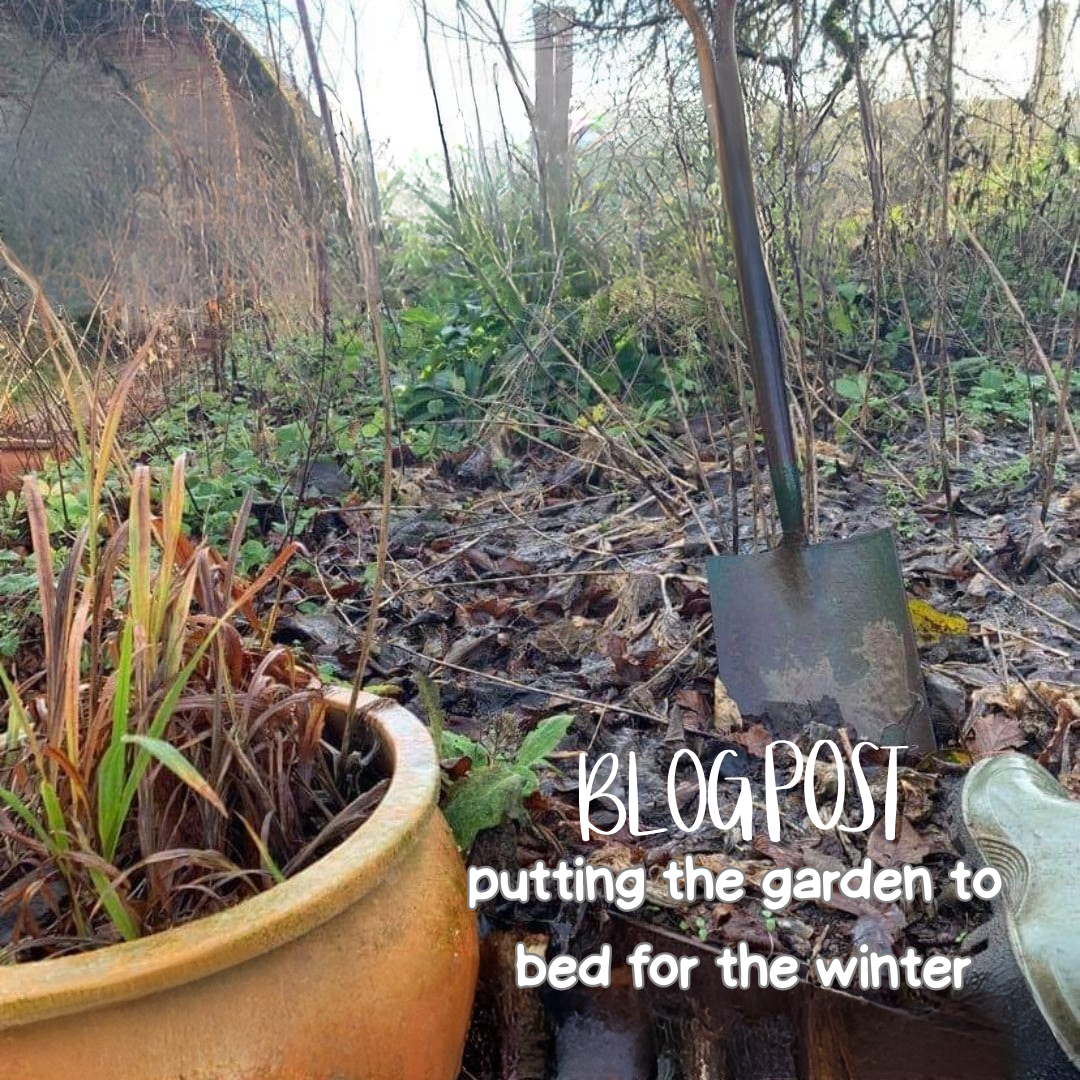Pruning apple and pear trees is a crucial task for gardeners, as it not only helps maintain the health of the trees but also ensures optimal fruit production. But when and how should you prune these trees? Let’s delve into this horticultural art and explore some key considerations.
When it comes to pruning, one important question to ask is how much to prune off. The answer lies in understanding what you are trying to achieve. Pruning aims to create an open framework that allows sunlight and air circulation, which promotes healthy growth and reduces disease risk. By removing dead, damaged or crossing branches, you can encourage new growth and improve the overall structure of the tree.
However, it’s essential to avoid giving your apple and pear trees a drastic “haircut.” Over-pruning can lead to excessive vegetative growth at the expense of fruit production. On the other hand, pruning too little may result in overcrowded canopies that hinder airflow and sunlight penetration.
Pruning problems can arise if done incorrectly or at the wrong time of year. It’s advisable to prune during late winter or early spring when the trees are dormant but before bud break. This allows wounds from pruning cuts to heal quickly without exposing them to potential infections.
Remember, as a gardener, your aim is not just about shaping your tree but also fostering its long-term health and productivity. So take a mindful approach when pruning apple and pear trees in order to strike a balance between encouraging vigorous growth while maintaining an open canopy structure.
We are taking bookings now for winter fruit tree pruning. If you need help, advice or the job done…Click Here for a no obligation quote












